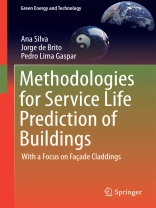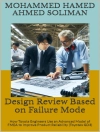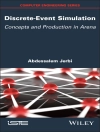Presenting an analysis of different approaches for predicting the service life of buildings, this monograph discusses various statistical tools and mathematical models, some of which have rarely been applied to the field. It explores methods including deterministic, factorial, stochastic and computational models and applies these to façade claddings. The models allow (i) identification of patterns of degradation, (ii) estimation of service life, (iii) analysis of loss of performance using probability functions, and (iv) estimation of service life using a probability distribution. The final chapter discusses the differences between the different methodologies and their advantages and limitations. The authors also argue that a better understanding of the service life of buildings results in more efficient building maintenance and reduced environmental costs. It not only provides an invaluable resource to students, researchers and industry professionals interested in service life prediction and sustainable construction, but is also of interest to environmental and materials scientists.
Tabella dei contenuti
Introduction.- Service life and durability of assemblies.- Deterministic models.- Stochastic models.- Computational models.- Factorial models.- Comparative analysis of service life prediction methods.-Conclusion.
Circa l’autore
Ana Silva, a Ph.D. student, working in the area of statistical models for service life prediction of building elements throughout the last 6 years. She has authored 14 papers in international journals (ISI database) exclusively on this subject.
Jorge de Brito has worked in the area of service life prediction throughout the last 16 years and has supervised the following works (either finished or on-going) specifically in this theme: 2 Ph.D. and 10 MSc. He has co-authored 20 papers in international journals (ISI database) and 12 papers in international conferences exclusively on this subject. He is also co-author of a previous book published by Springer. He is a Full Professor at IST, University of Lisbon, Portugal, and has a 30 year-plus experience in teaching concrete and construction technology related matters.
Pedro Lima Gaspar is an architect and Professor at the Faculty of Architecture, University of Lisbon. He is a senior partner at his own design firm, with numerous first prizes at public architectural competitions and built work in the areas of public buildings, rehabilitation and transformation of existing buildings. He is a Ph.D. in engineering sciences in the field of service life of buildings and service life prediction methodologies and has co-authored 14 papers in international journals (ISI database) and 10 papers in international conferences exclusively on this subject. Other fields of interest include sustainability assessment of buildings, embodied energy and carbon dioxide in building materials, adaptive buildings and deconstruction. He teaches architectural design studio courses and supervises final thesis of graduate architecture students.












